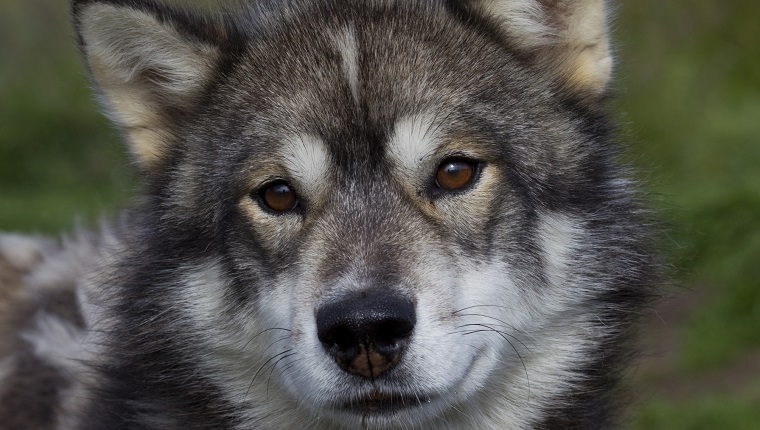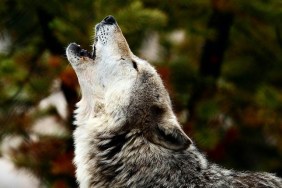The eyes are supposed to be the windows to the soul in humans—but the same may be said for dogs. A new study suggests that dogs’ eyes may be a clue to their tendencies for communication.
According to the study, the shape of dogs’ and other canids’ eyes could hint at how much they make use of those eyes to…









